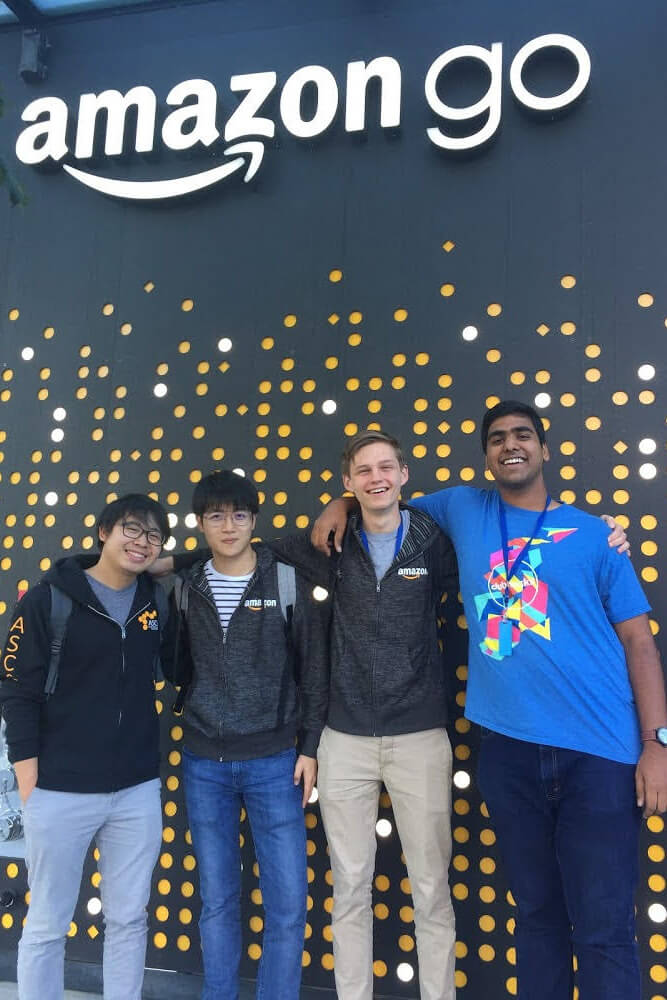
Scout
2016Contributions to an app that helps University of Washington students find resources on campus.
Summer 2017
I interned as a UX designer for Amazon Trade-In during the Summer of 2017. Trade-In enables customers to send in their used items and get paid for them.
Over the course of three months, I did two projects. The goal of my first, three-week project was to improve the Trade-In experience as it exists today. For my second project, which took up the remaining three months, I both came up with and designed a new Trade-In feature. This project was unconventional because junior designers are seldom responsible for making the business decisions that drive their designs.
To make my second project a success, I worked towards a Working Backwards document, the document that is used to decide whether Amazon should pursue ideas or not, as well as a prototype. Ultimately, I provided the following deliverables:
When I was not busy working on my main projects, I tried to learn new things on the side. My manager shared an idea for a new Amazon feature that makes use of object recognition with me. I decided to see if we could make a proof of concept for an internal pitch competition. This question led me to Origami, and several days/YouTube videos later I had a prototype that simulated object recognition using the iOS camera.
I also participated in an Alexa hackathon and learned how to design voice interfaces. My team, consisting out of three engineers, had their hands full with the database, so I learned Node.js and wrote the code that is responsible for making API calls myself.
Throughout my internship, I improved a lot in two specific areas: systems thinking and customer obsession. I got better at systems thinking because I was responsible for the business decisions at the heart of my designs. I had to ensure that my feature can be successful for several years, and that required me to synthesize answers to multiple questions focused on the future: “What are our customers going to want?”, “What is our competition going to do?” and “Where is the Trade-In industry going?”.
I became more customer-obsessed since I learned that the words we use in our designs are just as important as the pixels. Towards the end of my internship, I spend more time polishing sentences than visuals. I also picked up on something I noticed my colleagues do a lot: making decisions that at first seem counterintuitive from a business perspective to better serve the customer.

